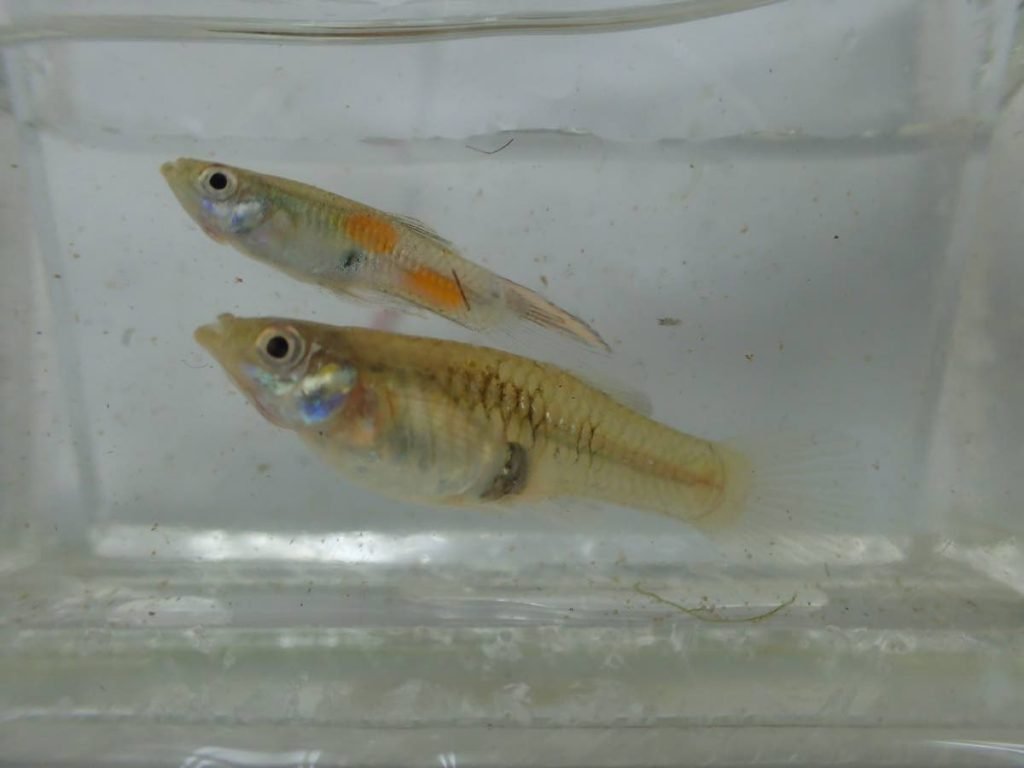A fish called Guppy named after a Trinidadian

Did you know that the guppy (Poecilia reticulata) was named after a Trinidadian?
You may be wondering, how did this happen?
Well, in 1866, Trinidadian Robert John Lechmere Guppy sent specimens of the fish from TT to the Natural History Museum in London.
In honour of Guppy’s contribution, which helped popularise the fish and expand research on it, British zoologist Albert Gunther named the fish after him.
But the guppy’s name isn’t its only link to TT.
Today, the fish has been bred all over the world to create different varieties and has become wildly popular in the ornamental trade.
However, the original wild fish bred to create these varieties came from TT.
Dr Ryan S Mohammed told Newsday Kids, “The wildtype of all fish in the ornamental trade that are referred to as guppies would have originally come from Trinidad.
“The guppy has been selectively bred in places like the Netherlands, Singapore, Thailand, China, Europe and in the US for different colour patterns.
“That’s why you have so many different varieties of the guppy with big tails, small tails, split tails, leopard colours, albinos, red tails, black tails…you name the colours of the rainbow, you’ll find it on a guppy.”
Mohammed is an aquatic ecologist and has researched a wide variety of species found in ecosystems like mud volcanoes, wetlands, rivers, estuaries, and reefs.
He particularly loves doing research on aquaculture (the farming of fish) and alien invasive species.
Mohammed said that given different-coloured guppies have emerged, since they have been bred, they have been nicknamed the “rainbow fish.”

But even within the species, there are interesting colour variations among individual fish.
“The males are usually smaller than the females, but the males are more colourful than the females.
Just like their physical characteristics, the uses of guppies also vary.
Though they are a popular pet species, that’s not their only use.
Varieties of the guppy have been introduced in places like Hawaii and Barbados to act as a natural pest control and feed on mosquitoes.
These fish are also used in scientific research.
“Guppies are used in a lot of different scientific research to investigate evolution.
“You’ll find that different populations of guppies, found in the wild of the same country, will have different colour patterns.
“These colour patterns are indicative of different adaptations to surviving different things like predator pressures and water quality.
“For example, guppies can be found in areas that have very low dissolved oxygen and very poor-quality water, but they still survive.”
Because of their adaptability, Mohammed said the guppy is one of the few species of fish that can be found in the Pitch Lake.
“The Pitch Lake only has three species of fish and guppies are the most abundant of the three species.
“This is because they are able to adapt to deal with elevated water temperatures as well as the hydrocarbon there is in the lake.”


Comments
"A fish called Guppy named after a Trinidadian"